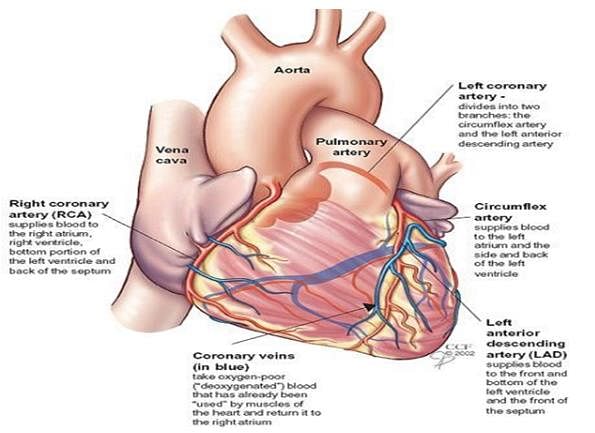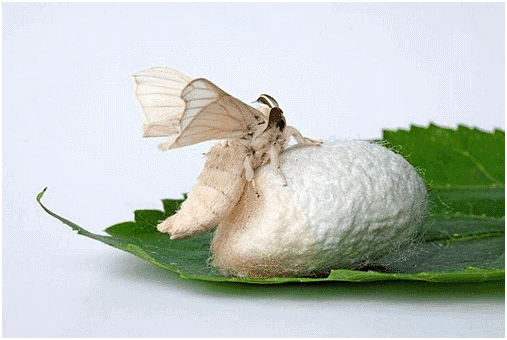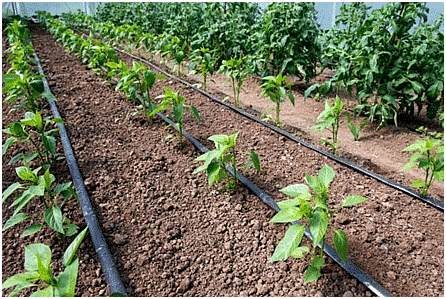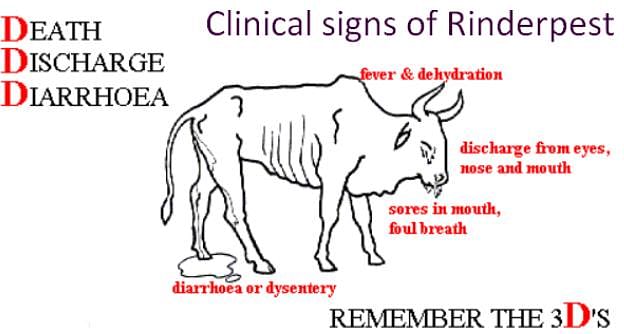BPSC Practice Test- 7 - BPSC (Bihar) MCQ
30 Questions MCQ Test - BPSC Practice Test- 7
Deficiency of vitamin ‘X’ causes bleeding of gums. This vitamin is essential for absorption of mineral ‘Y’ and ‘X’ is found in food ‘Z”. Identify X, Y and Z.
Which of the following is also known as the term 'Black Gold'.?
Six bells start ringing at once, then at intervals of 2, 4, 6, 8, 10, 12 seconds. How many times will they ring together in 30 minutes?
A trader allows a 10% discount on the marked price. How much more than the cost price should he mark on the articles to make a profit of 17 %?
In a mixture of 55 kg, the ratio of milk and water is 7:4. What will be the amount of water to be added to make the ratio 7:6?
Five years ago, the average age of four boys was 9 years. Due to the joining of a new boy, the present age of the five of them became 15 years. Accordingly, what is the present age of the new boy?
A motor car goes from Mumbai to Pune at a speed of 20 km/h and comes back from there at a speed of 30 km/h. What is the average speed of the car for the whole journey?
Which city of India has recently been included in Time magazine's list of the world's greatest places for 2022 ?
Artery leaving from the left ventricle from the heart is _________.
Also known as cattle plague “Rinderpest” disease, which was recently eliminated was caused by which among the following?
Which of the following instruments is used to detect the presence of electricity in a circuit?
How many members of Rajya Sabha are nominated by the President?
The gains of the 'Green Revolution' have mainly continued for the crops of ___ ?
Which new airline has received an Air Operator Certificate (AOC) from the Directorate General of Aviation Regulatory (DGCA) to start commercial operations recently?
Which state government has recently decided to re-join the Prime Minister's Fasal Bima Yojana ?
According to the Ministry of Commerce and Industry, what is the percentage increase in the export of agricultural products in the North-East region during the last six years ?
Where is A.P.J Abdul Kalam Science city being developed in Bihar?
























